
Mold is one of the stubbornest and most irritating cleaning problems you can face around the home. It crops up anywhere there's moisture, in predictable places like the kitchen and bath but also in basements, attics or wherever else you'll find drips and condensation. It's a concern, not only because it's unsightly, but because it can damage your home and cause respiratory problems for some people. The ultimate answer to mold is fixing the underlying problems (stopping drips and leaks, and improving ventilation) but you'll still need to clean it up and discourage re-growth. Bleach or harsh fungicides are the usual suggestions, but you may prefer one of these non-toxic or less-toxic alternatives.
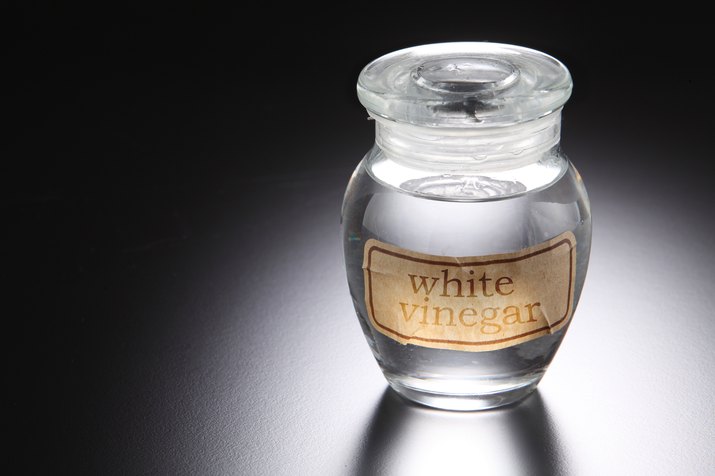
White Vinegar
Mold doesn't do well in an acidic environment — that's exactly why we pickle vegetables to preserve them — so it's not surprising to learn that plain white vinegar is a potent mold cleanser. Spray it at full strength onto the moldy areas, and let it sit for a full hour before scrubbing it away. The vinegar smell will be pretty potent, especially in a small area, but it will disperse quickly. In a kitchen or bathroom, you can turn on the vent fan to clear it more quickly if it bothers you.
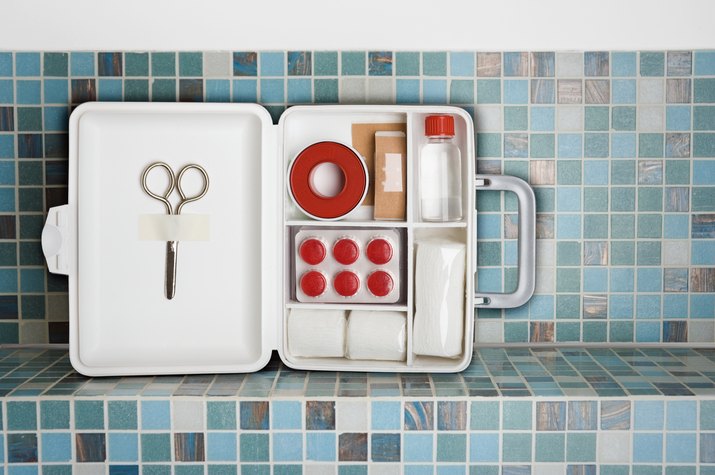
Hydrogen Peroxide
Pull that bottle of hydrogen peroxide from your bathroom shelf or first aid kit and put it to use as a mold fighter. Use ordinary household peroxide at 3% concentration, and pour it into a spray bottle. Mist the affected surface heavily, and let the peroxide sit for a good 10 to 15 minutes before scrubbing off the mold and stains. Wipe the surface clean, then mist again with peroxide (lightly, this time) and leave it to dry. Peroxide is a natural antibacterial and anti-fungal, and as a bonus, it acts as a "kinder, gentler" bleach to remove the mold stains.

Baking Soda
Baking soda works in much the same way as vinegar, but for the opposite reason. Vinegar creates an environment that's to0 acidic for mold to flourish, while baking soda makes surfaces too alkaline. Alternating soda with vinegar gives you the best of both worlds, since some molds are more resistant to one or the other. Dissolve a teaspoon or two of soda in a spray bottle of warm water and spray it onto the affected area. Scrub with a scouring pad or a brush, then rinse and repeat. Let the area dry once you're done. Not only does baking soda not have an unpleasant smell of its own, it will help take away odors from mold and from other cleansers.

Tea Tree Oil
That little bottle of tea tree oil you've been keeping on hand to treat athlete's foot, or as a general-purpose disinfectant, has just as much potential for combating mold. It's a potent anti-fungal and antibacterial, so you don't need much. One teaspoon of the oil for every cup of water is all you need: Just mix it and spray it, then scrub to remove visible mold. For an even more powerful cleaning solution, mix your tea tree oil with vinegar instead of water. Both the oil and vinegar have strong and distinctive odors, but they'll dissipate over time.
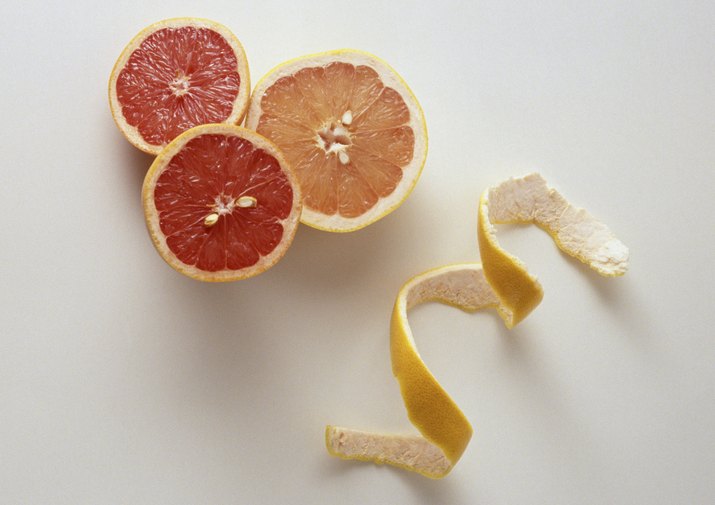
Grapefruit Seed Extract
Another popular natural-source disinfectant, grapefruit seed extract, can be found in the natural-products sections of online and conventional retailers. It's concentrated like tea tree oil, so you don't need to use much. Use about 10 drops of extract for every cup of water in your spray bottle, then mist the molded area heavily and scrub to remove the stains and visible mold. Reapply as needed, leaving the extract to dry on the affected surface.
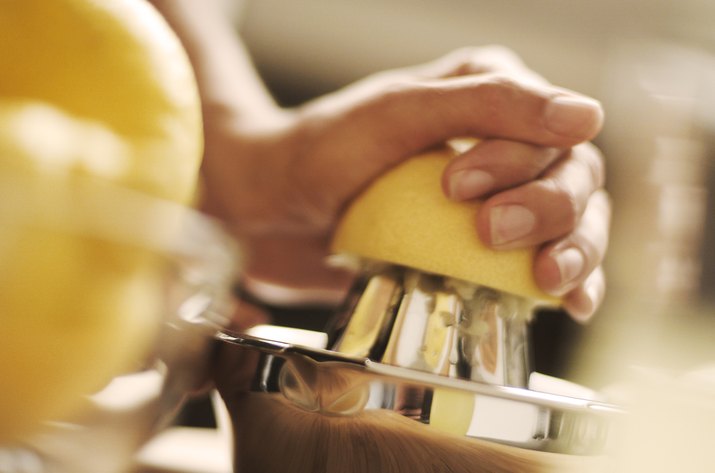
Lemon Juice
If you like the idea of cleaning with vinegar but find its sharp, penetrating scent unpleasant, lemon juice may be your best alternative. It's just as acidic as white vinegar, so it's equally effective at killing mold, but the scent of lemon juice is actually pleasant and refreshing. That is, after all, why commercial cleansers are often lemon-scented. Don't dilute the lemon juice — just use it on the mold at full strength with a spray bottle or a wet cloth or sponge. Scrub the area and then wipe it clean, and repeat as necessary after it dries.
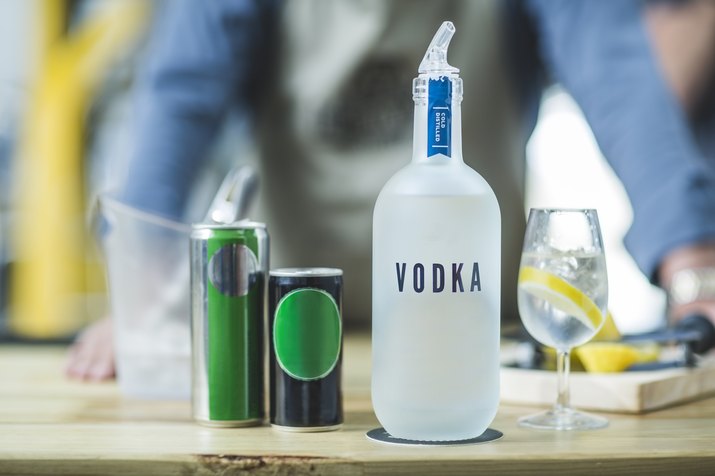
Vodka or Other Alcohol
Alcohol is another common household item that's a powerful disinfectant. You can kill mold with vodka if that's what you keep on hand, or use less costly rubbing alcohol. They both work equally well, though rubbing alcohol has a stronger odor. Mix the alcohol half and half with water, and use a spray bottle to mist it onto the affected areas. Let it sit for 5 to 10 minutes, then scrub the stains and wipe the surface clean. You can also add a few drops of an essential oil such as cinnamon or lavender, which have antibacterial properties of their own and will give the alcohol a pleasant smell.
Advertisement
Video of the Day